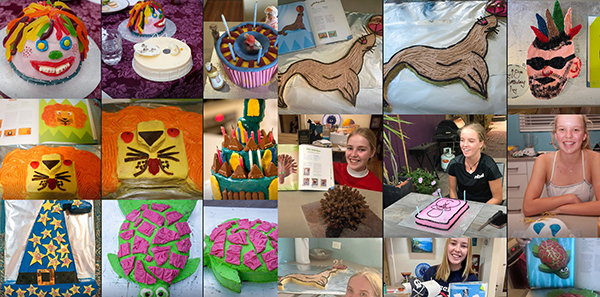Metadata – what is it and why is it useful?
Metadata, put simply, is information added to a digital file. In the world of digital photos, adding metadata to your photo is the equivalent to writing on the back of a printed photo, which is what we used to do to tell the viewer the ‘who, what, why and where’ of the photo.
Metadata for digital photos includes information such as captions, keywords, location, date and time the photo was taken, copyright, and even the name of the person who took the photo. Some metadata is already in the digital file, such as date and time, and technical details about the photo – exposure etc. However, metadata such as keywords and captions can be added to the photo afterwards.
So why would we bother to do this? What are the advantages of adding information to digital photos? When referring to keywords, a photo that has keywords added to it makes it easily searchable. Instead of scrolling through folder after folder to find a particular photo, a search using the keyword, or several keywords, will take you directly to that photo. To provide you with an example, in my own digital photo collection, I am slowly working my way backwards with regards to adding keywords to all of my photos. I have completed years 2022 down to 2015. The years 2014 back to 2004 (when I started taking digital photos) are organised into folders, but do not as yet have keywords assigned.
When it was my daughter’s 21st birthday earlier this year, I put together a slideshow of photos for her party. It was very easy to search for photos of her from 2022 to 2015, as I simply searched ‘Isobel Larwood’ and every photo with her in it came up making it easy for me to choose which ones I wanted to use. From 2014 through to 2004, I was still able to find photos of her, but it took me longer as I had to search through images from each year. It was more of a manual process.
Another example; each year my husband bakes each of our daughters their birthday cake, using cakes from The Women’s Weekly Children’s Birthday Cake book. It’s become a family tradition. A photo is always taken of the cakes that he makes, and I apply the keyword ‘baker’ to each of these photos. To search for all of the cakes that he’s made over the years, I simply enter ‘baker’ into the search field and this will very quickly find me the relevant photos.
There is no doubt that adding keywords can take time, but once the work is done, time is saved in the future when completing photo-based projects.
The advantage of adding captions to photos is that you can tell the story behind the photo. You may not do this with every single photo, but if there is a particular image with a story to tell, it is well worth adding the caption. The story will then stay with the photo forever, and future generations will know what the photo is about. Captions are also handy if you want to record the names of a group of people in a photo as you can enter their names from left to right.
If you have scanned images, it is worth noting that the date embedded in the image is the date they were scanned and not the date they were taken. Dates can be changed to reflect the period that the photo was taken, and metadata can also be added to your scanned images – such as captions and keywords. This is an important part in preserving your photo legacy.
There are programs available, such as Adobe Bridge and Adobe Lightroom Classic, that allow you to add metadata to your images. I also offer this as part of my digital photo organising service, so please don’t hesitate to get in touch if you’d like to know more.

